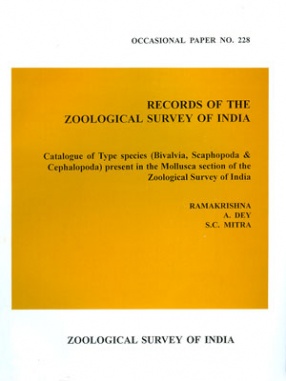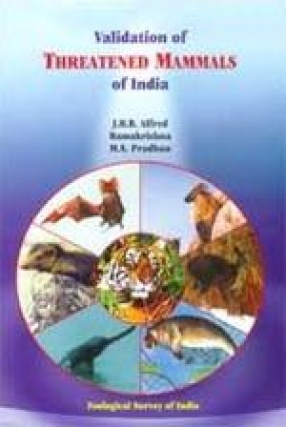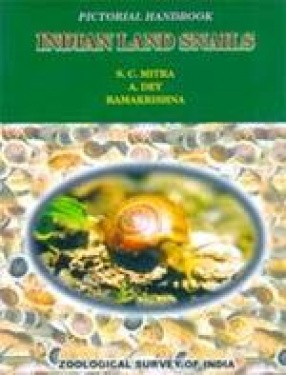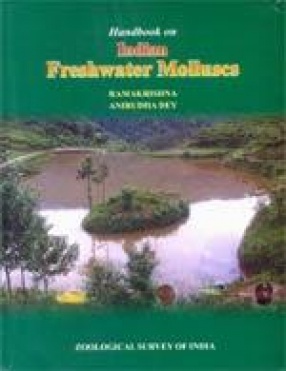
Ramakrishna Krishna

Showing all 9 books








Indian subcontinent with its tropical and monsoonal climate receives an average annual rainfall of 105cms, which is largest anywhere in the world for a country of a comparable size. This precipitation spread over the country along with melting of glacial snow of the Himalayas resulted in the formation of large perennial Himalayan rivers viz., the Indus, Ganges, Brahmaputra and other peninsular rivers viz., the Godavari, Krishna, Narmada, Tapti, Mahanadi, Cauveri ...






India's immense biological diversity encompasses ecosystems, populations, species and their genetic make-up. This diversity can be attributed to the vast variety in physiographic and climatic situations resulting in a diversity of ecological habitats ranging from tropical, subtropical, temperate, alpine to desert. Documentation of faunal resource of a country therefore, focuses on developing 'indicators' to be used in the assessment which are reflected in ...

The present book begins with the systematic survey of freshwater mollusks of India, including their ecology, distribution, the systematic survey of freshwater mollusks of India, including their ecology, distribution, values (food) and role in human welfare such as trematode infection in domestic cattle and man. The present form of this book includes a detailed account of the freshwater mollusks with key to the family, genera, and species besides geographical ...
